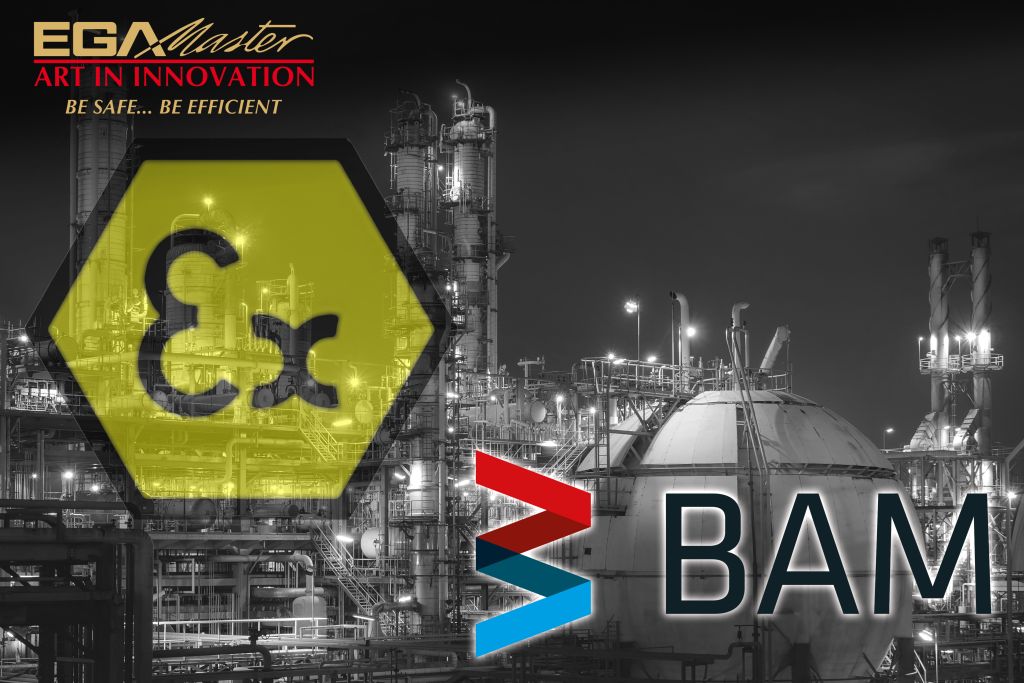
In explosive atmospheres, it is not enough to avoid human error. The tool must also be up to the task.
ATEX (Explosive Atmosphères) zones, regulated by the European Directive 2014/34/EU, present a working environment with a potential risk of explosion due to the presence of gases, flammable vapours or combustible dust. In these types of environments, choosing the right tool is not optional: it is a matter of operational safety.
Before selecting a tool or awarding a supply contract, evaluate these 5 critical variables:
1. Are they ATEX compliant and designed with certified non-sparking alloys?
A tool may call itself "non-sparking", but if it does not have declarations of conformity, technical documentation and material specification, you are taking an unnecessary risk.
Key aspects:
- Approved alloys: copper-beryllium (Cu-Be) or aluminum-bronze (Al-Br).
- Absence of steel or other metals that generate incandescent sparks from impact.
- Certificates of compliance according to ATEX directive and related ISO standards (ISO 80079, among others).
EGA Master has technical data sheets and certificates of conformity for its entire ATEX range.
2. Are the material properties maintained under actual operating conditions?
Explosive atmospheres often coincide with demanding environments: salinity, humidity, chemical agents, high temperatures, or aggressive cleaning cycles. The alloy must maintain its properties in these scenarios.
Key technical questions:
- Does the material resist oxidation in marine environments?
- Is it stable against weak acids or disinfecting agents?
- Does it degrade with heavy use or continuous friction?
EGA Master's ATEX tools are specifically designed for refineries, offshore industry, chemical plants and areas with high environmental aggressiveness.
3. Does it also offer safety guarantees from the ergonomic design?
ATEX safety is not limited to preventing ignition: it also involves minimizing human error under stressful conditions. An improperly balanced, poorly gripped, or inaccurate tool increases operational risk, even without generating sparks.
Functional criteria:
- Non-slip design for use with gloves or in wet/greasy conditions.
- Weight distribution and balance for handling at height or confined spaces.
- Optimized tightening effort to reduce fatigue and incorrect movements.
EGA Master combines industrial design and biomechanical analysis applied to critical tasks.
4. Is there a sufficiently wide range adapted to the real maintenance needs?
A limited range forces technicians to improvise solutions or use non-certified tools. That compromises not only the operation, but also legal compliance in the event of an audit.
Things to consider:
- Availability of specific references: torque gauges, long sockets, impact tools, cable cutters, etc.
- Possibility of kits per application (electrical, mechanical, pneumatic).
- Compatibility with other equipment or inventory control systems.
With the widest range of solutions for ATEX environments, EGA Master covers all types of interventions, from valve maintenance to instrumentation adjustments.
5. Is traceability, replacement and immediate availability guaranteed?
In critical operations, the traceability of equipment and its rapid replacement are as important as its technical properties. An inventory control error or logistical delay can paralyze an operation.
Questions to ask the provider:
- Do you offer laser engraving with in-house coding for traceability?
- Is there real stock or are they made to order?
- Can I set up custom cases by area/floor?
EGA Master offers individual traceability service, configurable kits, and immediate deliveries from international stock.
The right tool for ATEX zones is not chosen by brand, but by objective technical criteria. In environments where failure is not an option, you should require:
- Regulatory compliance.
- Safety-oriented technical design.
- Professional support and availability.

